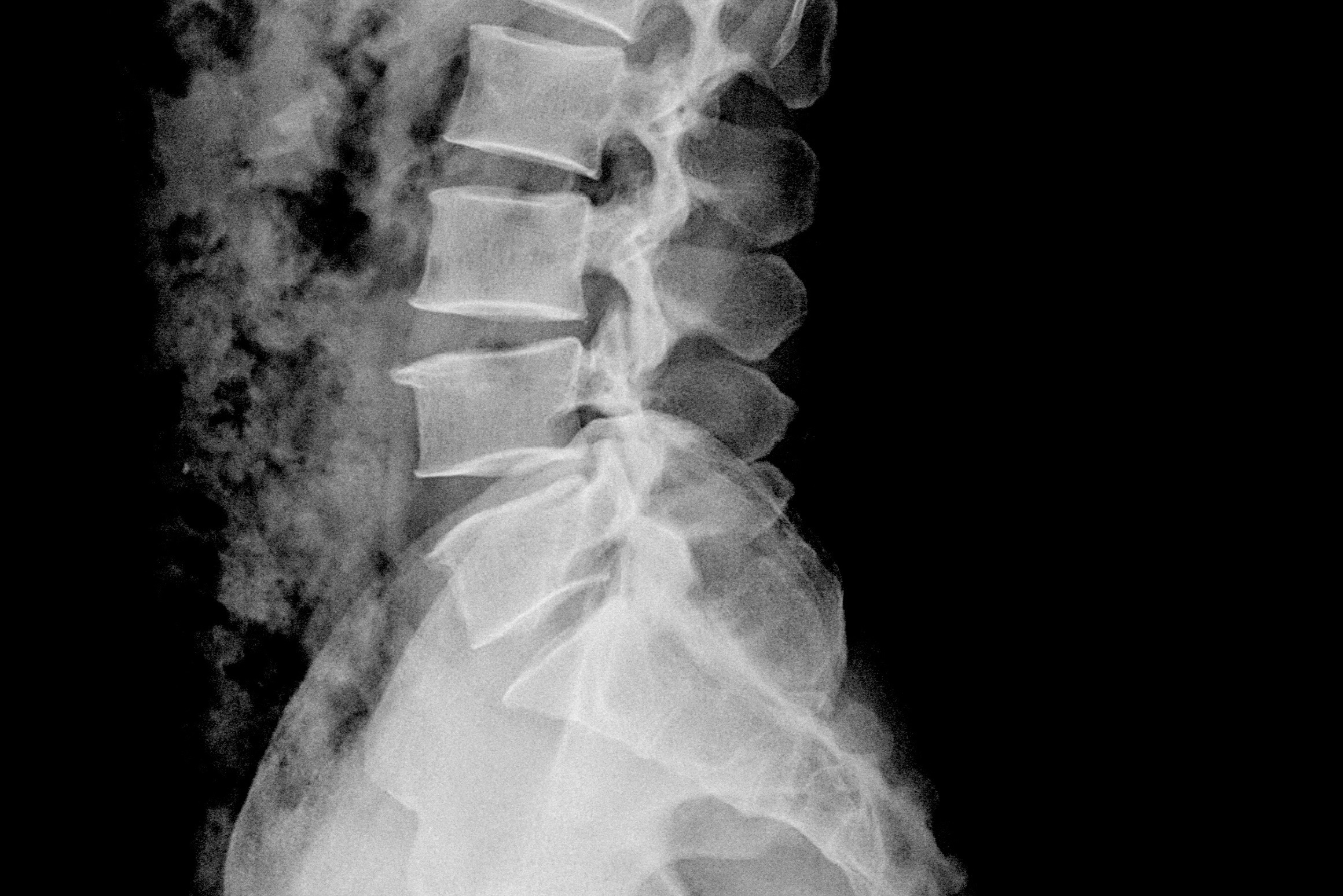It is common for people with back and neck pain to ask or be referred for an x-ray or other scan (MRI, CT scan). Many people believe they are essential to determine the cause of the pain. Maybe you have experienced this yourself. But when are x-rays or scans for back and neck pain really valuable?
Why get an x-ray or other scan?
Generally, there are two reasons to get x-rays or scans for back and neck pain:
- To determine if something serious is causing your back or neck pain
- To determine if something is wrong with the structure of your spine, causing your back or neck pain
Getting an x-ray or scan of your back or neck is really valuable when you want to rule out the possibility that something serious (eg. a broken bone, an infection, cancer) is causing your pain. For example, getting x-rays after a whiplash injury helps to determine if your neck is dislocated.
Getting an x-ray or scan for your back or neck to determine if there is something wrong with the structure of your spine (eg. arthritis, degenerative disc disease, disc herniation) may not be valuable. Unfortunately, often the structural changes seen are red herrings. They are blamed as being the cause of pain when they might not be. Many times they are nothing more than signs of aging or an old injury. These structural changes on the inside may be just like the wrinkles or gray hair you get on the outside. They tell us how you look as you get older, but they don’t tell us why you feel the way you do.
Studies prove it!
“How do you know these structural changes might not be the cause of my pain?” Because in studies where they x-rayed or scanned both people with pain and people without pain, many pain-free people have the same structural changes as people in pain.
For example:
- In a study on healthy young adults with no back pain, 48% had at least one degenerated disc and 25% had a bulging disc.
- MRI studies of healthy adults with no history of upper or low back pain have found that 47% had disc degeneration, 53% had disc bulges, and 58% had disc tears in their upper back.
- In a study on healthy adults and seniors, 98% of all the men and women with no neck pain had evidence of ‘degenerative changes’ in their cervical discs.
This does not mean that your pain is not real. It just means that your x-rays and scans do not tell the whole story. It means a doctor can not tell what is causing your pain by just looking at your x-rays or scans.
So now what?
If your x-rays or scans indicate that something serious is causing your pain, immediately seek the appropriate medical care.
If they show structural changes, do not believe they are causing your pain without a thorough examination. Find a practitioner who will thoroughly examine you and use your x-rays or scans to confirm the diagnosis. If you are looking for such a health care provider, we would be happy to help you. Book your appointment with us today.
